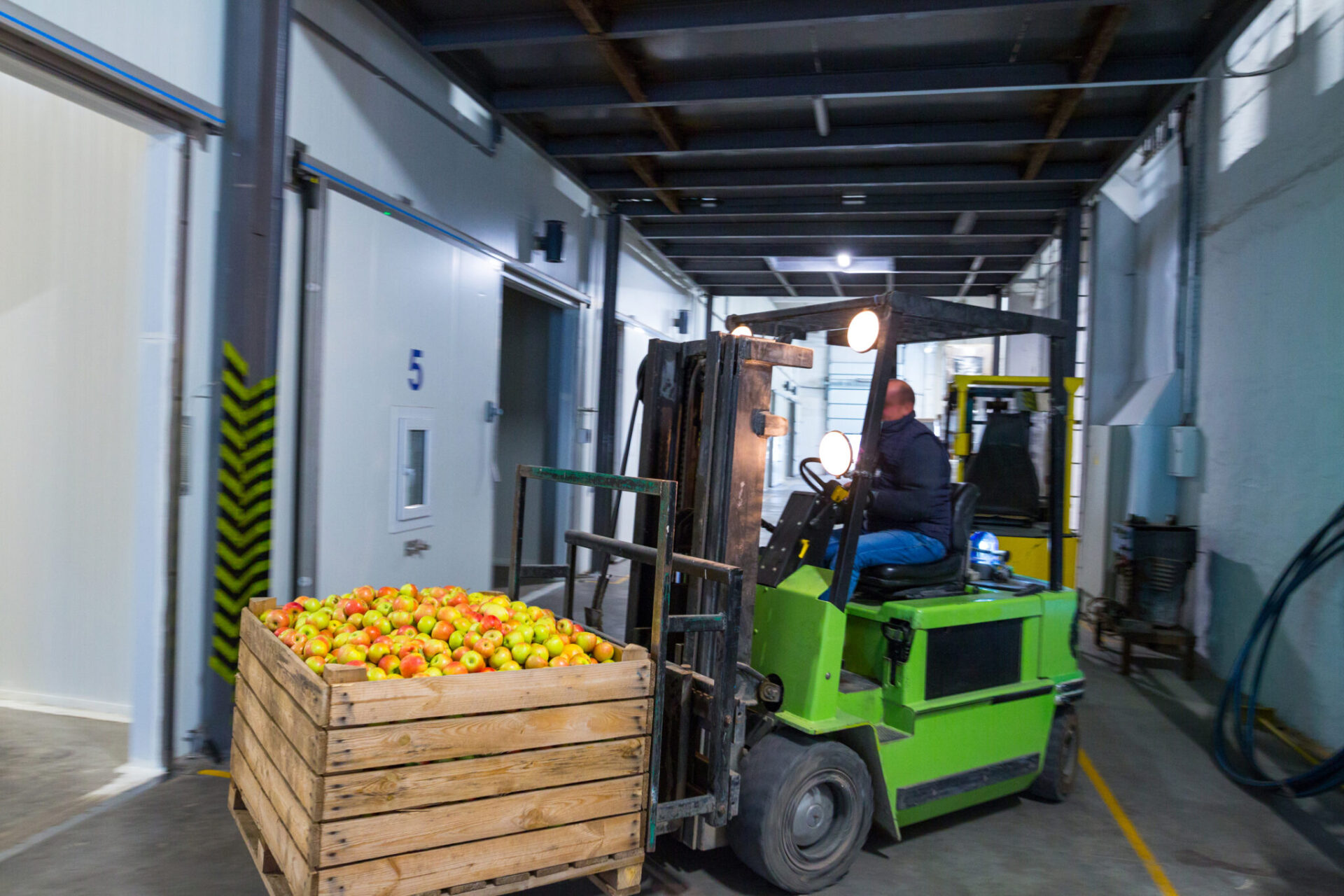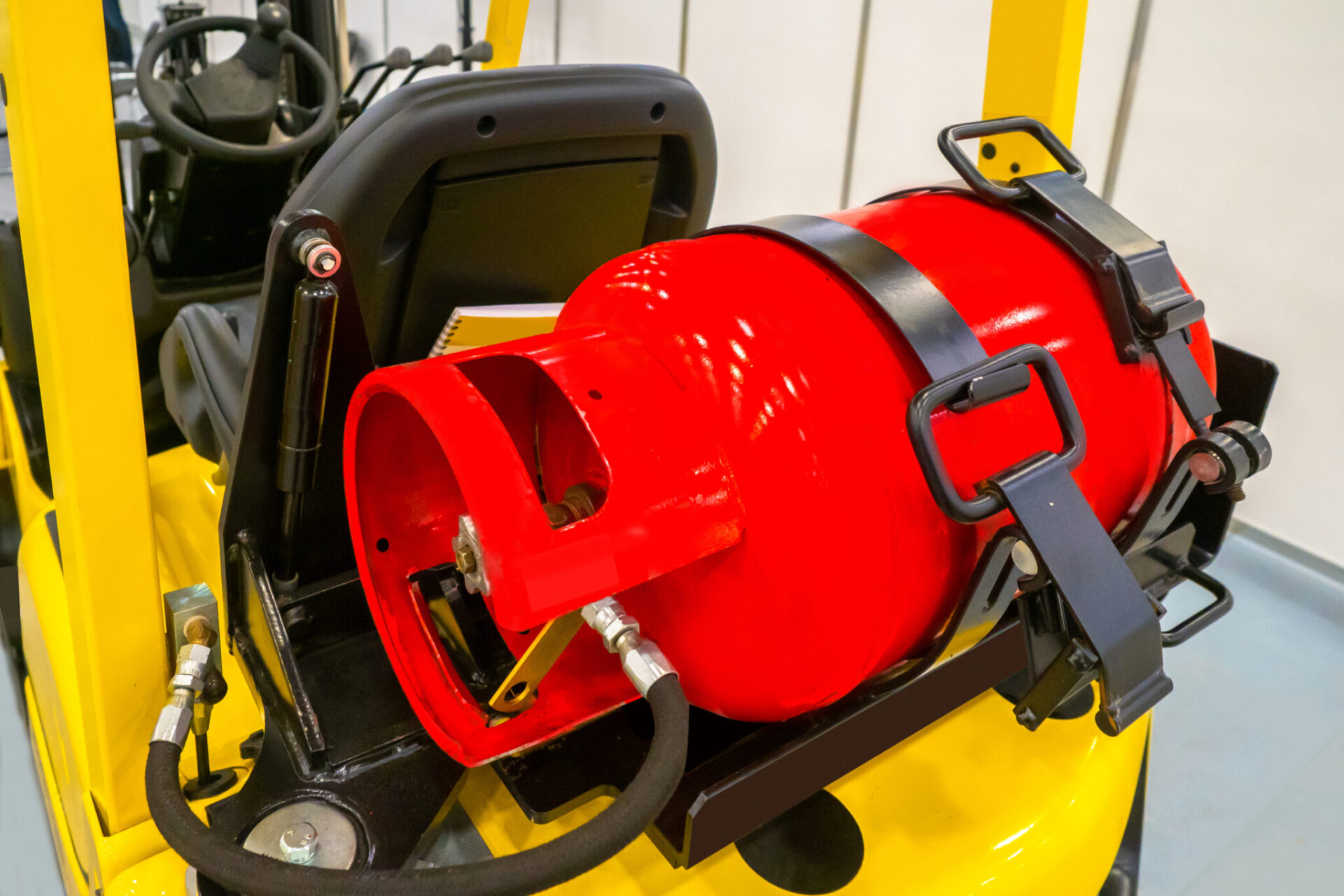
The California Air Resources Board (CARB) has announced the next iteration of their Large Spark Ignited (LSI) Regulation, Forklift Rule 2.0. The LSI regulation includes propane forklifts used in agricultural operations like tree nut hullers and processors. This next iteration of the LSI is proposing to mandate all electric forklifts across the board, with a few exceptions. In proposing to mandate all electric forklifts, CARB has indicated they believe it is “cheaper to own and operate an electric forklift than a propane forklift.” This new proposed mandate comes in the midst of agricultural operations required to meet other regulatory burdens like the tractor rule and truck rule.
Forklift Rule 1.0
In 2007, CARB adopted a rule requiring the retrofit of propane or gasoline forklifts used at industrial sources, including ag processing facilities. The initial LSI rule affected facilities with four or more forklifts, and the older forklifts must be included in the initial count. Any forklift that was 1990 and newer had to be retrofitted, with 20% required to be in compliance by 2009 and the remaining 80% by 2012.
This was a statewide rule and applicable to all processing regions in the state. Up to 80% of the forklifts were eligible for funding through local air district’s incentive funding program. Some of the exceptions of Forklift Rule 1.0 were:
- Does not cover facilities with three or less forklifts
- Does not cover forklifts that are 1989 or older
- Does not cover forklifts that are used 250 hours or less per year
- The requirements included the following:
- 20% of covered fleet must be retrofitted by 2009
- 80% of covered fleet must be retrofitted by 2012
- Retrofit Technology must meet 3.0 g/bhp-hr NOx
The existing regulation, Forklift 1.0, treats agriculture different from everyone else. Under the current regulation, agriculture had a different timeline for compliance and higher emissions levels to comply with. There are several reasons why agriculture received a different timeline and different emission levels. First, tree nut facilities operate only a few months out of the year and have no way of passing along the cost, so it was not cost effective to require the mandate on agriculture. Second, tree nut hullers use “rough terrain” forklifts at their operations, which utilize pneumatic tires, and electric forklifts use solid tires, which does not allow them to be used on rough terrain, like dirt.
Forklift 2.0
CARB now wants to require electric forklifts across the board with the exception of “rough terrain forklifts” for which they are considering a lower emissions rate than the current 3.0 g/bhp-hr NOx for forklifts used in agricultural operations, including nut hullers and processors. In proposing to mandate all electric forklifts, CARB has indicated they believe it is “cheaper to own and operate an electric forklift than a propane forklift.” CARB proposed to treat agricultural operations as every other manufacturing operation in the state. However, agricultural operations, which are not like large indoor warehousing facilities that operate year-round, can’t pass along costs and typically require rough terrain forklifts.
In their initial information used to substantiate the claim that electric forklifts are cheaper to operate and maintain, the electric rates used to estimate charging costs were based on 6.7 cents to 10 cents per kWh. This is based on national average information and not close to being reflective of what we pay in California for electricity. Here are some of the assumptions made for cost of purchasing, maintaining and operation for the intended proposed rule:
Enersys
Assumes electric lift trucks cost 40% less to maintain than LPG
Assumes electricity = 0.10 $/kWh
Assumes propane = $2.50/gal
Electric Power Research Institute
- Assumes electric lift trucks cost 37.5% less to maintain than LPG
- Assumes electricity rate = 0.08 $/kWh
- Assumes propane = $2.20/gal
American Electric Power
- Assumes electric lift trucks cost 37.5% less to maintain than LPG
- Assumes 0.1047 $/kWh
- Assumes propane = $2.50/gal
Propane Education and Research Council
- Assumes electricity = 0.12 $/kWh
- Assumes propane = $1.00/gal
- Assumes maintenance costs essentially equal
- Assumes infrastructure costs are almost $40,000 higher for electricity
In an effort to secure more accurate information, Western Agricultural Processors Association (WAPA) is surveying its membership to see how many forklifts are being used in the industry and how the rule might apply. In addition, we are requesting cost information on maintenance and operation to be able to determine the true cost of electric versus propane forklifts.
WAPA is pushing back on CARB and saying no to this electric mandate for the same reasons why agriculture had a different timeline and emission levels in the initial Large Spark Ignited (LSI) Regulation. Technology simply does not exist and there is no electric rough terrain forklift available today. Tree nut operations are not like operations that run year-round and have the ability to pass along cost to buyers or consumers. It is simply not cost effective. This is compounding the fact that tree nut operations are already replacing other equipment like tractors and trucks. How long can agriculture keep afloat with the cost of regulatory burdens? This may just be the last straw that breaks the camel’s back.











